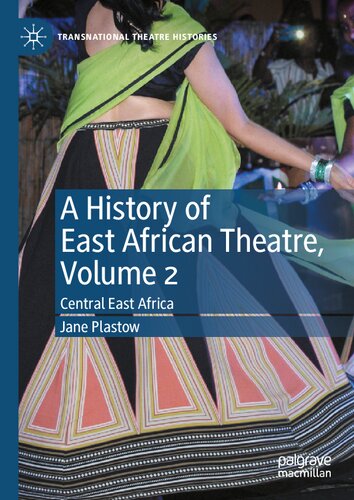

Most ebook files are in PDF format, so you can easily read them using various software such as Foxit Reader or directly on the Google Chrome browser.
Some ebook files are released by publishers in other formats such as .awz, .mobi, .epub, .fb2, etc. You may need to install specific software to read these formats on mobile/PC, such as Calibre.
Please read the tutorial at this link: https://ebookbell.com/faq
We offer FREE conversion to the popular formats you request; however, this may take some time. Therefore, right after payment, please email us, and we will try to provide the service as quickly as possible.
For some exceptional file formats or broken links (if any), please refrain from opening any disputes. Instead, email us first, and we will try to assist within a maximum of 6 hours.
EbookBell Team

4.1
10 reviewsThis second volume of A History of East African Theatre focuses on central East Africa; on Burundi, Kenya, Rwanda, Tanzania and Uganda. The first chapter is concerned with francophone theatres, comparatively studying work coming out of Burundi and Rwanda alongside a focus on French language theatre in Djibouti. The chapter is particularly concerned to explore how French and Belgian cultural policies impacted theatre during the colonial period and how the French ideas of Francafrique and promotion of elite, French language art have continued to resonate in the post-colonial present. Chapters Two and Three look comparatively at the rich theatre histories of Kenya, Tanzania and Uganda, and are divided between a study of British East African colonial impact and an analysis of the post-colonial period illustrating how divergent political thought and societal make-up led to exponential differentiation in national theatres. The final chapter, on Theatre for Development and related social action theatre, covers the whole East African region, offering the first ever historicised analysis of this mode of theatre making which, since the 1980s, has come to dominate funding and opportunity in performance arts.